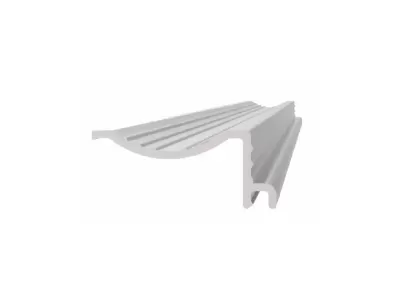2024 Global Top 10 Solar Tracking Systems Ranking
—Reshaping Industry Dynamics Through Intelligence and Localization
I. Global Market Overview
According to the International Energy Agency (IEA), global installations of solar tracking systems are projected to reach 220 GW in 2024, with penetration rates rising by 23 percentage points compared to 2020. The U.S., China, and India collectively account for over 70% of demand, while Europe’s accelerated energy transition policies have driven the expansion of Spanish and German technology brands. Single-axis tracking systems dominate 83% of the market, with dual-row independent drives and multi-point linkage designs emerging as cost-effective mainstream solutions.
II. Competitive Analysis of Top 10 Brands
Based on Wood Mackenzie’s Q1 2024 report, this ranking evaluates brands across three dimensions: technological innovation, regional market share, and patent portfolios.
1. Nextracker (U.S.)
Nextracker leads the industry with a 23% global market share, maintaining its dominance for a decade. Its TrueCapture™ smart algorithm dynamically adjusts tracking angles using real-time irradiance, temperature, and wind speed data, boosting energy yield by 9.2% in Chile’s Atacama Desert projects. The company holds 58% of the North American market and over 70% project win rates in the Middle East.
2. Array Technologies (U.S.)
With the industry’s lowest cost per watt ($0.41/W), Array Technologies dominates utility-scale projects in the Americas. Its modular pre-assembled structures reduce on-site installation time by 40%, achieving 6.3 GWdc of deliveries in Latin America in 2023.
3. Grace Solar (China)
Grace Solar ranks among the few global suppliers offering solutions for ground-mounted, floating, carport, and building-integrated (BIPV) applications. It holds a 40% market share in Japan for five consecutive years, supported by its JIS-certified aluminum alloy mounting systems, which exhibit 3x higher corrosion resistance than traditional steel structures. Independent tests confirm its AI tracking systems reduce shading losses by 12% in mountainous terrains.
4. PV Hardware (Spain)
PV Hardware specializes in slope-adaptive designs, capturing 62% of Europe’s mountainous solar projects. Its systems enable installation on slopes exceeding 25° without excavation, cutting land preparation costs by 29% in Greece’s 37 MW Crete project.
5. GameChange Solar (U.S.)
GameChange Solar’s multi-point drive technology reduces mechanical failures to 0.3 incidents per MW annually, making it the preferred choice in India and Middle Eastern sandstorm-prone regions. The company set a global record by delivering 2.1 GW for the UAE’s Al Dhafra project in 2023.
6. Arctech Solar (China)
Arctech Solar’s snow-load optimization technology dominates Northwest China and Central Asia. Its -40°C resistant structures demonstrated only 0.8% fatigue loss after two years in Xinjiang’s harsh winters, securing a 35% market share in Kazakhstan in 2024.
7. Soltec (Spain)
Soltec’s single-axis trackers withstand Category 12 winds, claiming over 50% market share in hurricane-prone regions like Mexico and Brazil. Its IP68-rated motors exceed industry standards, significantly lowering maintenance costs in high-humidity environments.
8. TrinaTracker (China)
Leveraging Trina Solar’s module supply chain, TrinaTracker has rapidly expanded in Brazil. Its AI-powered O&M platform, co-developed with Huawei, slashes fault response times to 15 minutes, driving a 217% year-on-year shipment increase in South America in 2024.
9. Ideematec (Germany)
Ideematec’s modular systems are tailored for Europe’s distributed solar market, enabling 2-hour unit assembly/disassembly and 90% land reuse efficiency. The company captured 28% of Germany’s rooftop market in 2023.
10. Solar Steel (Spain)
Solar Steel leads the floating solar sector, holding 23% of Southeast Asia’s water-based projects. Its 316L stainless steel structures achieved a 25-year maintenance-free commitment in the Philippines’ 1.2 GW Laguna Lake installation.
III. Technological Evolution and Market Diversification
Smart Algorithms Enter 2.0 Era
Nextracker and TrinaTracker now integrate satellite cloud data, improving tracking prediction accuracy from hourly to minute-level. In Australia’s New South Wales, this reduced daily power generation volatility by 4.7 percentage points.
Material Innovation Drives Lightweighting
Grace Solar’s aluminum alloy systems cut weight by 65% while passing Japan’s 3,000-hour salt spray certification. Arctech Solar introduced magnesium-aluminum-zinc coated steel, extending material lifespan from 25 to 35 years in Inner Mongolia’s wind-eroded regions.
Certification Frameworks Define Regional Barriers
Europe’s EN 1090 certification mandates welding standards, while the U.S. UL 3703 now includes fire risk simulations. Grace Solar remains the only non-Japanese brand with JIS certification, securing technical scoring advantages in Tokyo Electric’s 8.7 GW agrivoltaic tender.
IV. Key Challenges for the Next Three Years
BloombergNEF predicts bifacial module adoption will reach 79% by 2027, pressuring tracking systems to optimize tilt angles. Emerging markets in Africa and Southeast Asia increasingly demand integrated “tracking + storage + O&M” solutions. Nextracker’s NX Horizon now pairs with Tesla’s storage systems, while Arctech and Grace Solar pilot solar-storage-charging carport projects in Southeast Asia.
V. Conclusion
The solar tracking industry exhibits “technological bipolarization”: U.S. firms lead algorithmic innovation, European brands dominate niche applications, and Chinese players achieve regional breakthroughs via material advancements and localized certifications. With IEC 63104 regulations imminent, compatibility with TOPCon, HJT, and other advanced cell technologies will define the next phase of competition.
(Data Sources: Wood Mackenzie Q2 2024 Report, IEA Solar Tracking Whitepaper, Corporate Annual Reports)
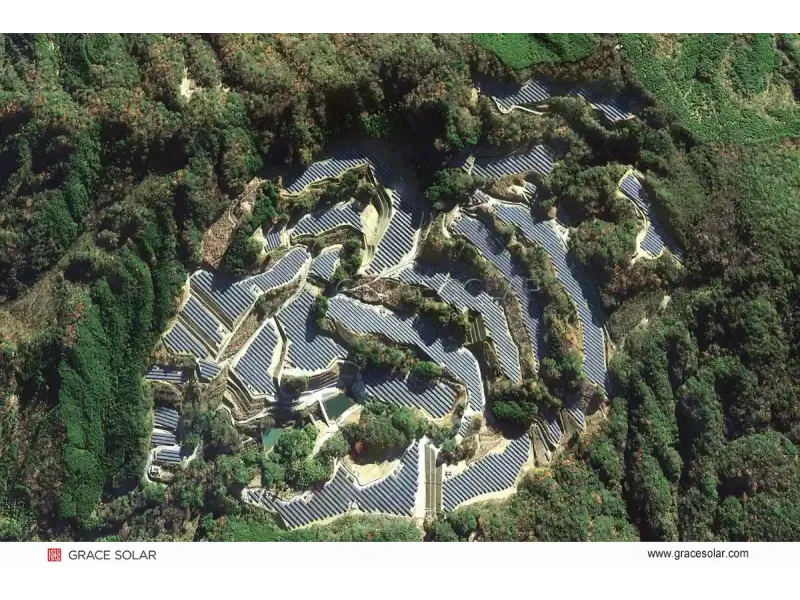
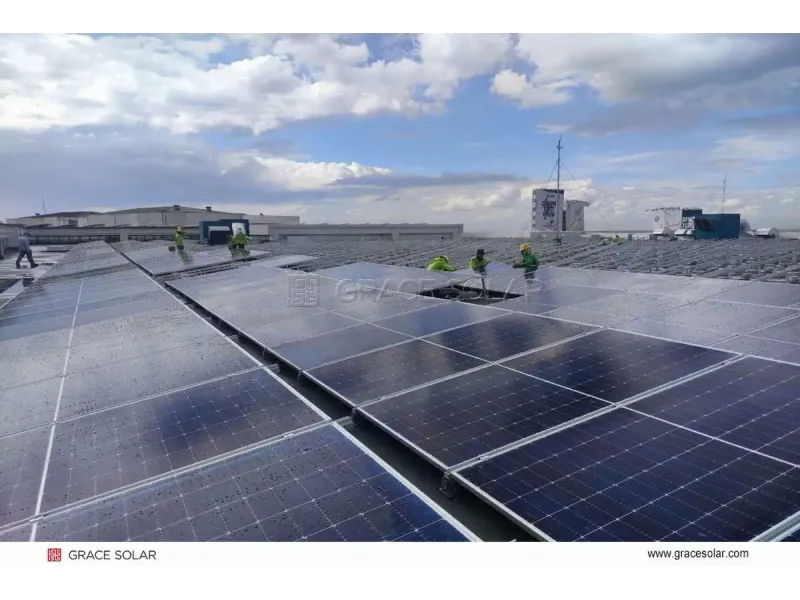
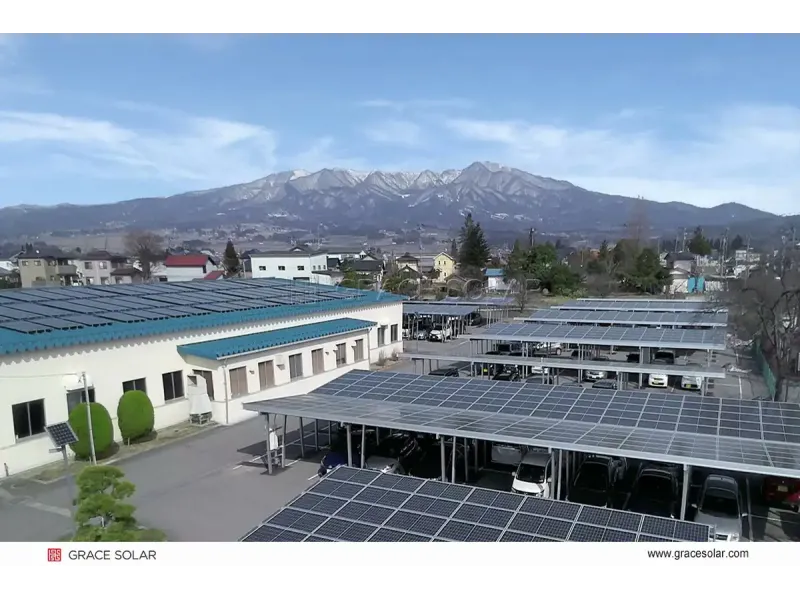
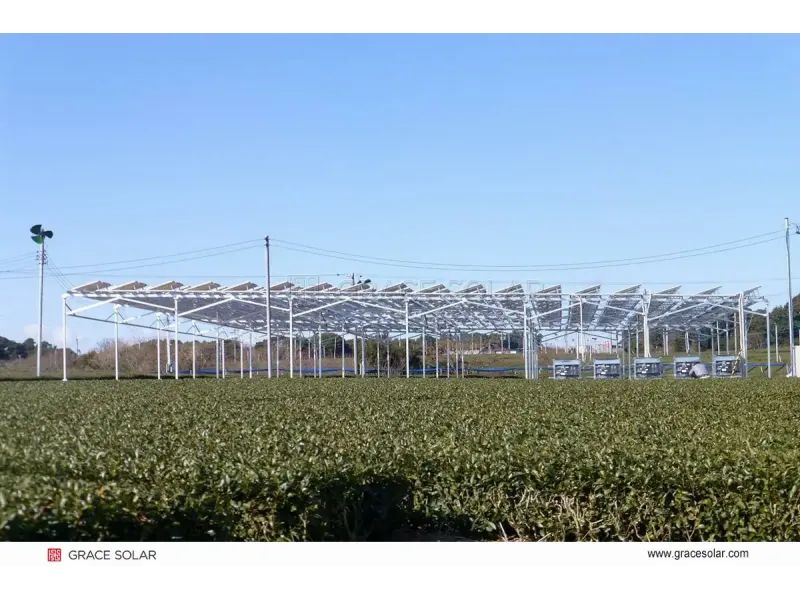
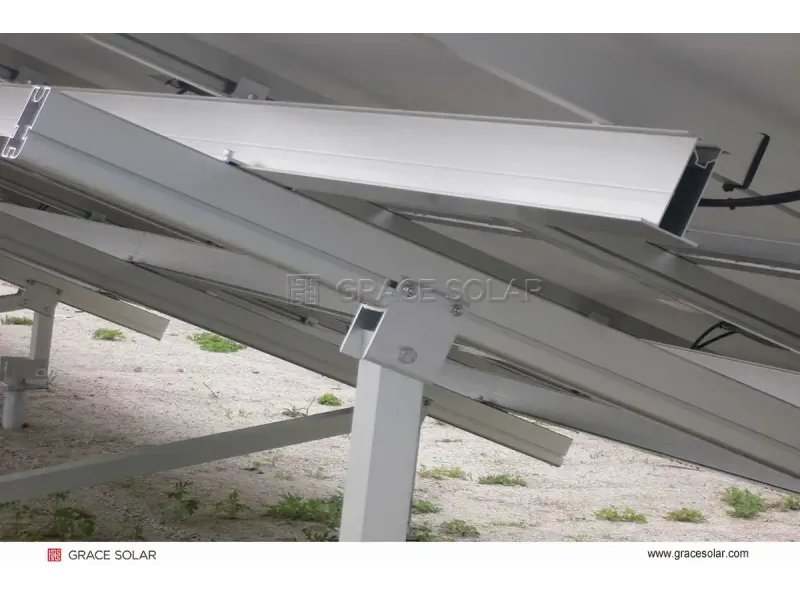
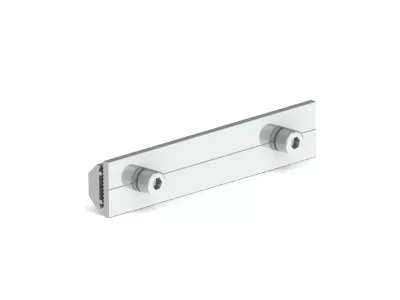
/Adjustable%20solar%20ground%20mount%20system%20on%20snowy%20mountain%20with%2055%20Angle%20tilt_-400x300w.webp)
/Engineer%20assembling%20Grace%20Solar's%20portrait%20ground%20mount%20in%20typhoon%20area_-400x300w.webp)
/Aluminum%20alloy%20solar%20ground%20mount%20system%20for%20residential%20solar%20panels-400x300w.webp)
/Modular%20ground-mounted%20solar%20structure%20with%20corrosion-resistant%20coating-400x300w.webp)
/Grace%20Solar%20Aluminum%20Ground%20Mount%20System%20for%20495W%20Solar%20Panels_-400x300w.webp)
/High-Strength%20Aluminum%20Alloy%20Frame%20with%20Hot-Dip%20Galvanized%20Joints_-400x300w.webp)
/Aluminum%20alloy%20solar%20ground%20mount%20system%20installation%20on%20residential%20property_-400x300w.webp)
/Close-up%20of%20anodized%20aluminum%20clamp%20connection%20in%20ground%20mounting%20system_-400x300w.webp)
